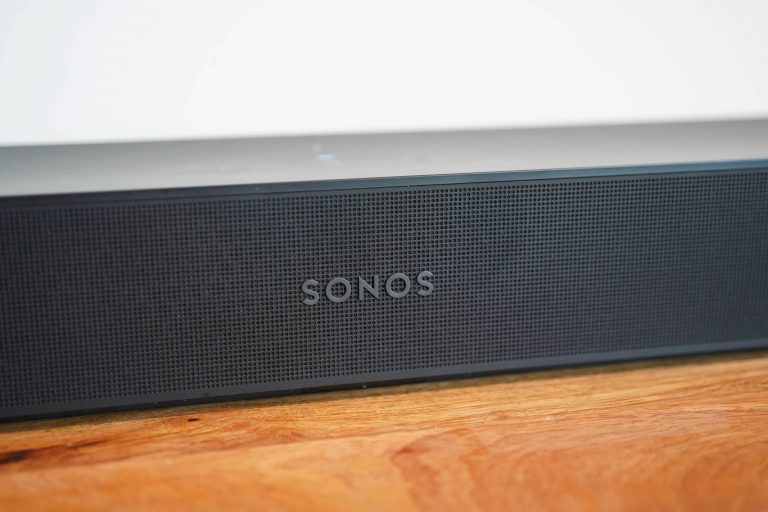Revolutionizing Timekeeping: Why Magnetic-Free Watches Are Now Essential for Your Wrist

Anti-Magnetic Watches: A Brief History and Why They Matter Today
From Military Requirements to Mainstream Appeal
Anti-magnetic watches didn’t gain widespread popularity until a few decades ago. A significant breakthrough in their development was the creation of the Jaeger-LeCoultre and IWC Mark XI-spec watches in 1948, commissioned by the British Ministry of Defense. The Ministry demanded its pilot watches to be anti-magnetic, a requirement that would have a lasting impact on watchmaking.
Not long after, Rolex responded to the demand by creating the Milgauss, specifically designed for the European Organization for Nuclear Research (CERN), while Omega and IWC developed their own anti-magnetic watches for professionals who worked in environments with strong magnetic fields.
Why Does Anti-Magnetism in Watches Matter?
The Relevance of Anti-Magnetic Watches Today
While anti-magnetic watches were initially crucial for engineers, scientists, and other professionals who encountered strong magnetic fields regularly, their significance extends far beyond that. In today’s world, we’re surrounded by electronic devices that produce magnetic fields, from smartphones to computers, tablets, and kitchen appliances. These devices have the potential to disrupt the accuracy of your watch, making anti-magnetic technology more relevant than ever.
The level of protection you need, however, depends on your circumstances. For example, the magnetic field produced by a microwave oven from an inch away is only about two gauss, while power tools can produce up to eight to ten gauss. So, while watches like Omega’s Aqua Terra (15,000+ gauss-resistant) or Rolex’s Milgauss (1,000 gauss-resistant) may be overkill for regular wear, they’re certainly useful for those who work with strong magnetic fields.






